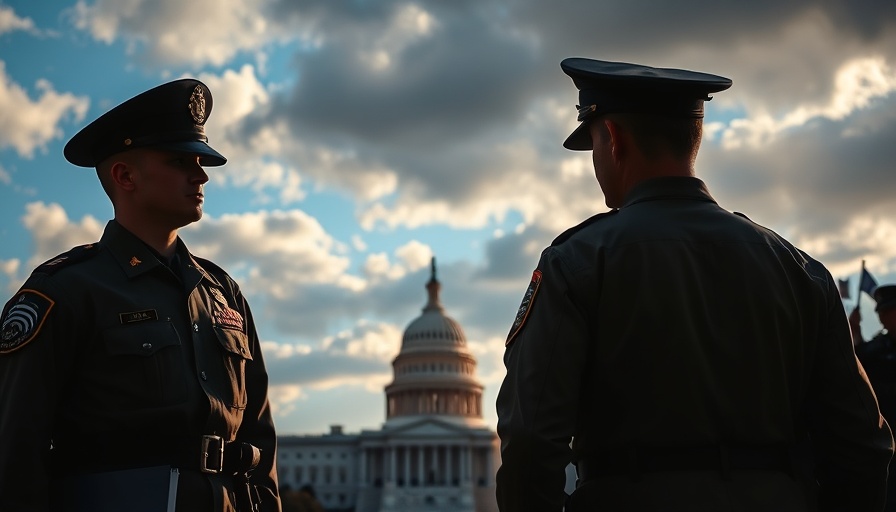
The End of Federal Control: What Does it Mean for D.C.?
The recent announcement surrounding President Trump's federal control over Washington, D.C., highlights a pivotal moment in the ongoing struggle between local autonomy and federal power. As his emergency declaration nears its expiration, residents and officials alike are grappling with the implications of this unprecedented intervention. While the temporary grip on local police may soon loosen, many questions remain about what this means for the future of D.C.'s governance.
Historical Context: The Home Rule Act and Its Impact
The D.C. Home Rule Act, passed in 1973, was a landmark piece of legislation aimed at providing Washington, D.C. with more local control over its affairs following centuries of direct congressional oversight. This attempt to enhance self-governance has had a complex journey, often challenged by federal interventions. Trump's latest declaration took what many viewed as a significant step backward — reshaping the local law enforcement landscape and reinstating federal authority borders that many believed had been settled.
The National Guard: A Permanent Presence?
Even after the expiration of the emergency declaration, the extensive deployment of National Guard troops raises concerns about the militarization of local law enforcement in D.C. This presence, initially justified under the guise of public safety, prompts a broader dialogue about the role of the military in civilian governance. How does this affect community trust and policing methods? And will citizens experience greater security or a sense of surveillance? These questions must be addressed as discussions about police reform continue.
The Legislative Battle: Federal Oversight vs. Local Autonomy
As Congress considers bills that could further tighten its grip on D.C., locals are left pondering the potential for diminished self-governance. Recent proposals aiming to expand federal oversight reflect a troubling trend that could alter the balance of power significantly. The lack of congressional representation for D.C. voters deepens the crisis of accountability and raises concerns about whose interests are truly being served. How will these legislative decisions impact the residents long-term?
The Local Perspective: Voices of Residents
Opinions within the city vary widely. Some residents view the federal intervention as necessary, citing safety concerns in light of rising crime, while others see it as an erosion of their rights and autonomy. The tension reflects a growing divide among residents about the best way to ensure public safety without compromising democratic freedoms. Listening to these diverse perspectives is vital as the conversation evolves.
The Future of D.C.: What Lies Ahead?
As the end of this federal control period approaches, many in D.C. are looking for answers and a return to normalcy. However, the reality is complex. Community dialogues must address potential reforms that not only uphold citizen safety but also reinforce democratic processes. Advocates for local governance will need to work tirelessly to protect their rights and influence future legislative efforts. The road ahead suggests a need for vigilance as both state and local governments navigate this delicate balance.
 Add Row
Add Row  Add
Add 




Write A Comment